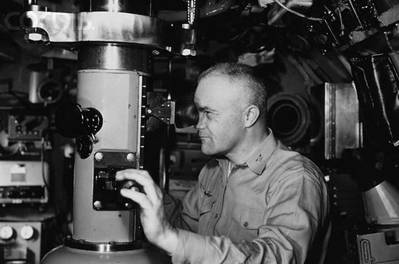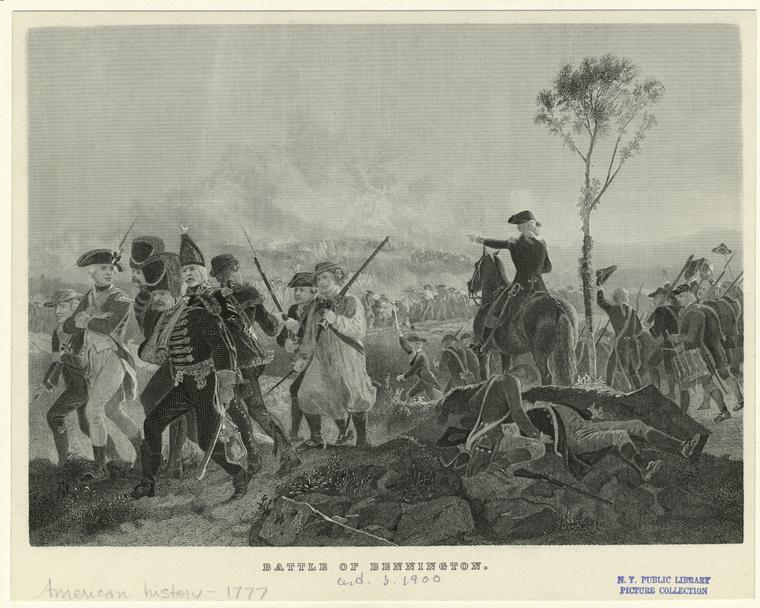A Submariner's Life
 |
| CAPT Edward L. Beach USN photo |
I was sufficiently impressed with Dr. Finch's presentation that I bought a copy of his book, Beneath the Waves: The Life and Navy of Capt Edward L. Beach Jr. Dr. Finch was gracious enough to add an inscription to the inside flyleaf: "In gratitude for your service in the Silent Service, Edward F. Finch. Fair winds, following seas." I think this lecture was the highlight of my HistoriCon trip.
A Gathering Storm Upon My Left
Later that day came a lecture by Dr. Michael Gabriel on a battle that was completely unfamiliar to me. During the American War of Independence, British General Burgoyne advanced south from Quebec down Lake Champlain to take Albany in anticipation of meeting General Howe coming up the Hudson River valley from New York and isolating New England from the rest of the colonies. Burgoyne captured Fort Ticonderoga at the south end of Lake Champlain without a fight, but logistical difficulties made it necessary to send a detachment under German Lt Col Friedrich Baum on a foraging mission for provisions, as well as to acquire horses for his as-yet unmounted German dragoons.
 |
| Battle of Bennington (engraving after a painting by Alonzo Chappel) - New York Public Library Image in public domain, dated circa 1900 |
The implications of Baum's loss were significant to Burgoyne, because it failed to alleviate his logistical problems and further delayed his assault on Albany. The delay would allow the Continental Army to build a sufficient force to confront him at Saratoga, where, thanks in part to the heroic leadership of General Benedict Arnold, the Americans defeated the British and convinced France of the merits of joining the Americans in their war of independence.
Dr. Gabriel relied, among other sources, on pension records that document accounts by veterans present at the battle. He provided attendees with four-page hand-outs that depict maps of the greater Lake Champlain area as well as the immediate battle site and included pictures of various locations and defenses at Bennington. His research was quite deep and his account well-rendered. I subsequently learned that his book, The Battle of Bennington: Soldiers and Civilians, is available from History Press. He concluded his presentation with this quote from General Burgoyne, considering his position after the loss at Bennington and its ramifications for his campaign on Albany:
"The New Hampshire Grants in particular now abounds in the most active and rebellious race on the continent and hangs like a gathering storm on my left."
No comments:
Post a Comment